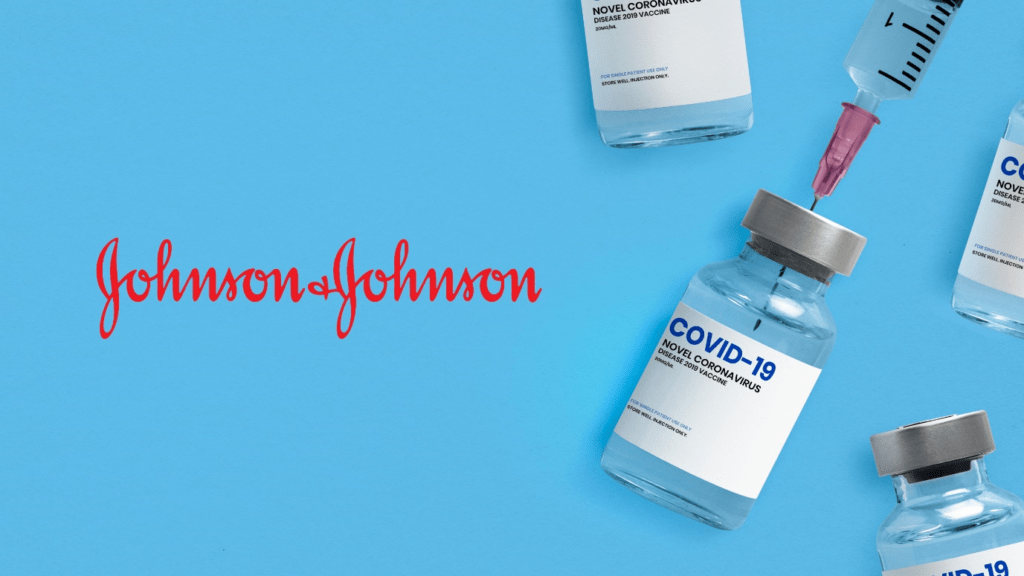
Canada Appeals for International Firefighting Aid
June 09, 2025: Canada has issued an international appeal for firefighting support as wildfires intensify across multiple provinces

August 26, 2021: -On Wednesday, Johnson & Johnson said that a booster shot of its Covid-19 vaccine generated a favorable immune response in early-stage clinical trials – through the information provided by the company in a press release was light on some details.
J&J’s vaccine requires only one dose and recipients are considered fully vaccinated two weeks after receiving the dose. On Wednesday, the company said that J&J recipients who received a booster dose of the picture generated virus-fighting antibodies “nine-fold higher” than those seen four weeks after a single dose.
Increases in antibody responses were observed in vaccine trial participants between 18 and 55, the company said, and in those 65 years and older who received a lower dosage of the booster shot.
The results are based on two Phase 1/2 studies, according to the company.
“We have established that a single shot of our COVID-19 vaccine generates strong and robust immune responses that are durable and persistent through eight months,” Dr. Mathai Mammen, head of research and development at J&J’s Janssen vaccine arm, said in a statement.
“With these new data, we also see that a booster dose of the Johnson & Johnson COVID-19 vaccine further increases antibody responses among study participants who had previously received our vaccine,” he added.
While the new data is promising, the company’s press release did not mention the booster shots’ potential impact on the delta variant or safety.
When asked about data on the delta, J&J referred CNBC to a report in July that showed a single dose of the vaccine generated a favorable immune response to the variant.
It also raises questions about why J&J recipients need booster shots – especially after the July report showed that a single picture of its vaccine provides immunity that lasts at least eight months and appears to provide adequate protection against the fast-spreading delta variant.
To be sure, the Centers for Disease Control and Prevention has said J&J recipients will probably need a booster dose but added it doesn’t have enough data right now to support a formal recommendation.
The company said Wednesday it engages with the Food and Drug Administration and other health authorities regarding booster shots.
The new data comes less than a week after J&J announced that Alex Gorsky was stepping down as CEO. Gorsky, 61, who was chairman and CEO for nine years, will become executive chairman.
We provide the insights on leaders who are responsible for taking their organization to new heights, all the while bringing together a group of talented individuals.

June 09, 2025: Canada has issued an international appeal for firefighting support as wildfires intensify across multiple provinces

May 27, 2025: Air Canada Cuts Five U.S. Routes for Winter 2025–26, Part of Broader Cross-Border Retrenchment

May 26, 2025: Trump Freezes $2.2B in Federal Grants to Harvard Over DEI, Threatens Tax-Exempt Status.

May 14, 2025: Microsoft has announced plans to reduce its global workforce by approximately 3%, affecting roughly 10,000 employees across multiple departments.

May 13, 2025: The Trump administration is considering suspending the constitutional right of habeas corpus in a bid to accelerate mass deportations.

April 29, 2025: Donald Trump’s second term has reached the 100-day mark under sustained public skepticism, with national approval ratings